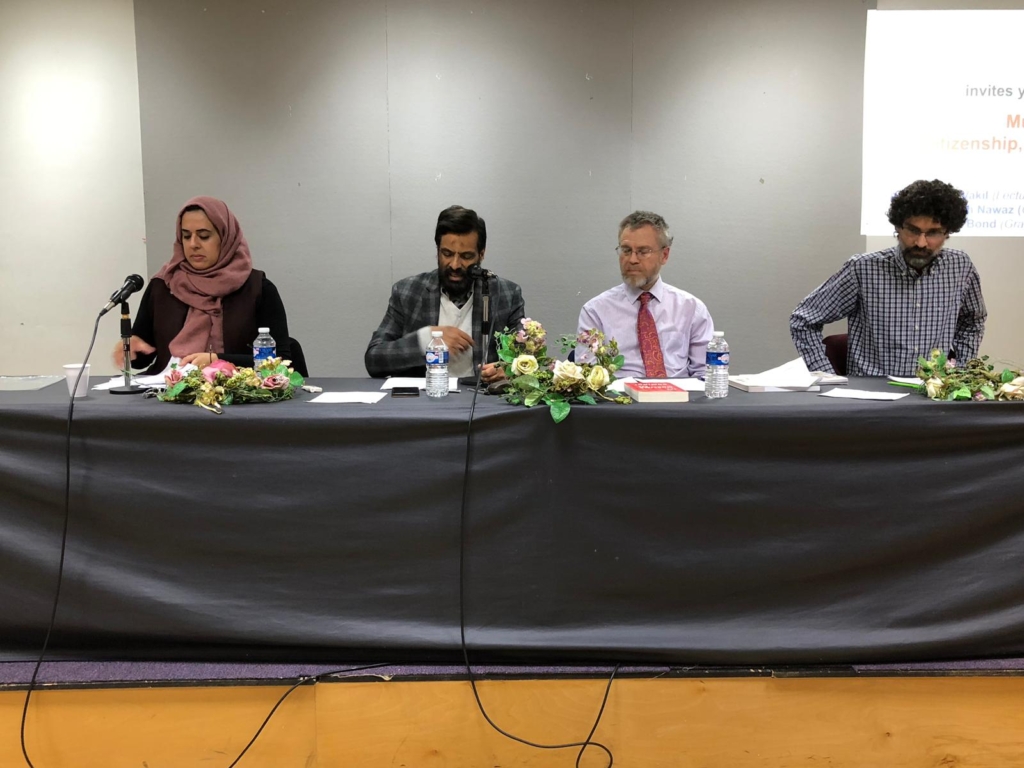Russia has already withdrawn 10 percent of its combat military forces from Syria and is expected to withdraw all others within a period of one month.
Russia will withdraw all its military forces from Syria within a month, information from sources close to the military operations department in Syria told The New Arab’s Arabic language sister publication, Al-Araby Al-Jadeed on Monday.
Moscow has already withdrawn part of its combat military forces from the Hmeimim base, its largest base in Syria located in the Jableh region of Latakia’s countryside, the report said.
Russia withdrew 10 percent of its combat military forces from Syria to Russia over the past two days as two aircraft had transported military equipment from the Hmeimim base to Russia daily, in batches of two or three, the report added.
Citing information from the Abu Amin Observatory, a local war observer also known as Observatory 80 and works alongside the military operations department, Russian military forces in the Hmeimim air base, Jableh region, Tartous and Qamishli airport will all withdraw successively within a maximum period of one month.
Last week, Russian forces withdrew from seven observation points from the Quneitra countryside and from the borders of the occupied Syrian Golan Heights via two military convoys.
Another convoy withdrew from the T4 military airport in the eastern countryside of Homs, while military equipment was in part withdrawn from the Qamishli airport in the northeastern countryside of the Hasakah governorate.
Since the start of the rebel offensive on Syria, which has been dubbed Operation Deterrence of Aggression, Russian forces have withdrawn most of their military points spread across Syrian provinces.
Al-Araby Al-Jadeed previously reported that there were around 22 warplanes at the Hmeimim Air Base, while Qamishli Airport has seven aircraft.
In July 2023, the Jusoor Centre for Studies, an independent research think tank, published analytical data and maps showing external military sites, including around 830 linked to Russia, the US, Turkey and Iran.
The organisation reported at the time that the number of Iranian military sites in Syria stood at 570, while Turkey had 125 and Russia had 105.
Meanwhile, the Dutch foreign minister on Monday said the departure of Russia’s military from Syria should be a precondition for lifting EU sanctions against the rebel group that ousted the Assad regime.
Caspar Veldkamp made the comments in Brussels ahead of a foreign ministers meeting on Monday.
“I think it’s too early to lift those sanctions [on Hayat Tahrir al-Sham]…we really would like to condition that on an inclusive political transition” he said.
“I think it’s also important to look at conditionality regarding the Russian military bases in Syria. We want the Russians out” he continued.
While the EU has not yet given an official decision on sanctions regarding Syria, Kaja Kallas, the EU’s foreign policy chief said that she is sending the bloc’s top diplomat in Syria to meet with the new transitional government in Damascus.
“I think we cannot leave a vacuum – and we have not,” Kallas told reporters. “We are also going to discuss with the foreign ministers on what level of engagement and how we proceed from here” she said.
Moscow has backed Syria since early in the Cold War, and had recognised its independence in 1944 as Damascus sought to throw off French colonial rule. The West long regarded Syria as a Soviet satellite.
The bases in Syria are an integral part of Russia’s global military presence: the Tartous naval base is Russia’s only Mediterranean repair and resupply hub, with Hmeimim a major staging post for military and mercenary activity in Africa.
Russia also has eavesdropping posts in Syria which were run alongside Syrian signals stations, according to Syrian military and Western intelligence sources.
The Tartous facility dates from 1971, and after Russia intervened in the civil war to help Assad, Moscow was in 2017 granted a free of charge 49-year lease.


